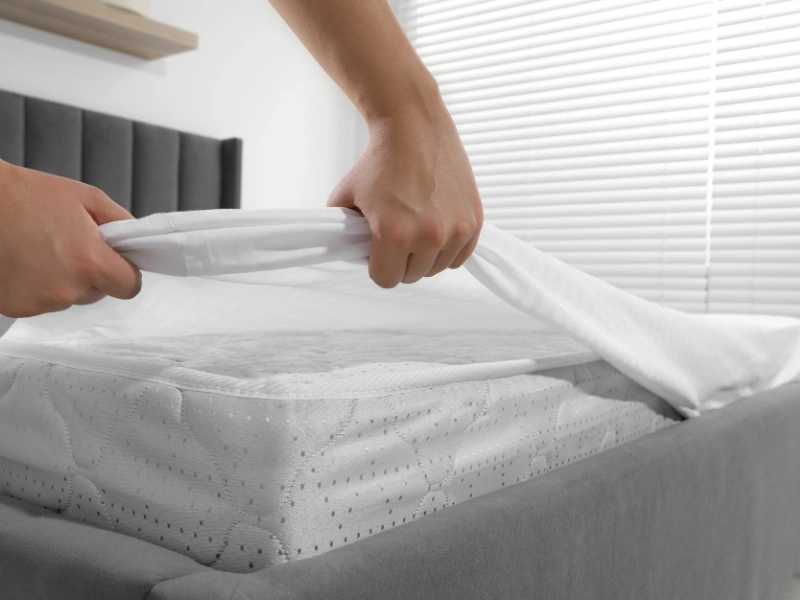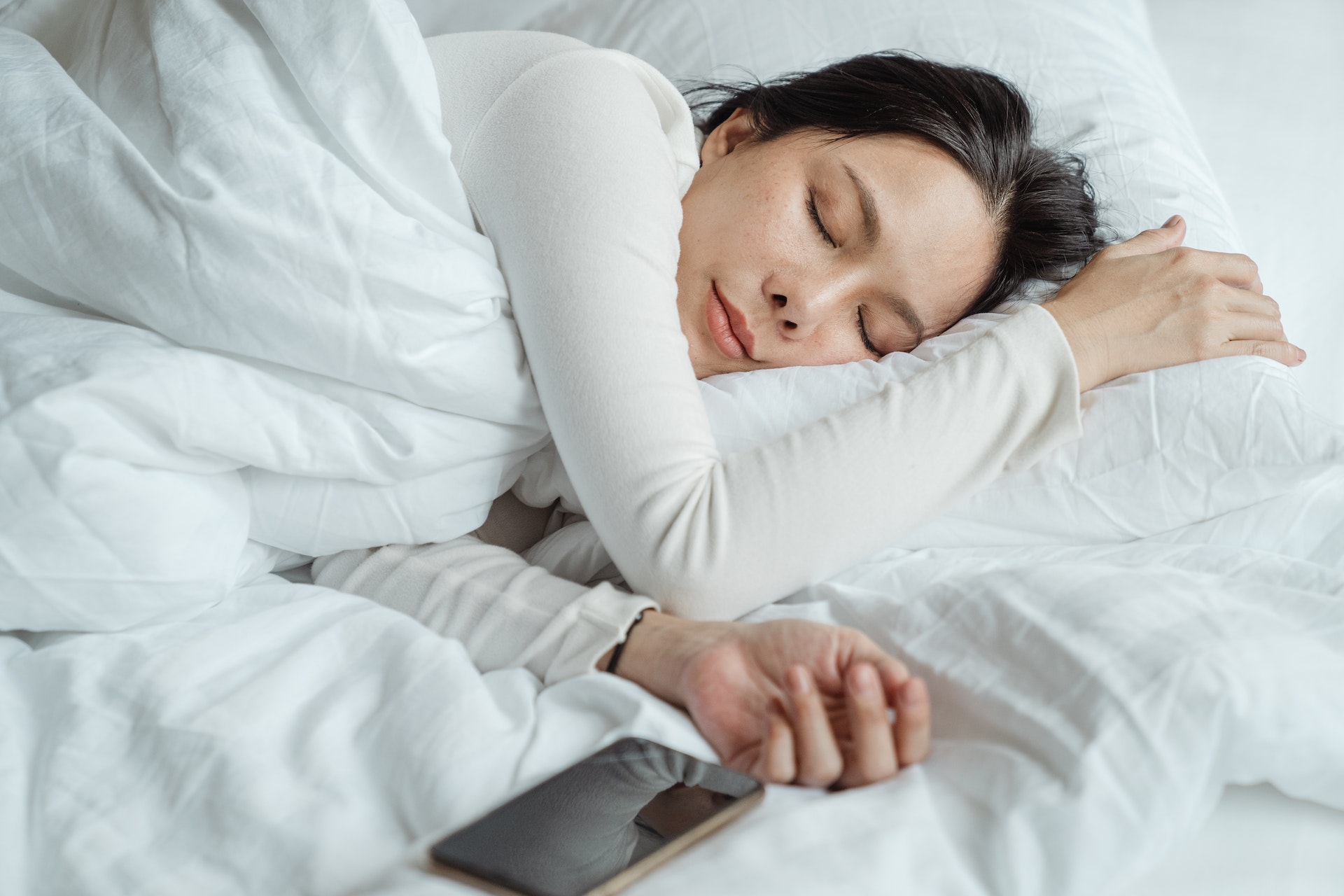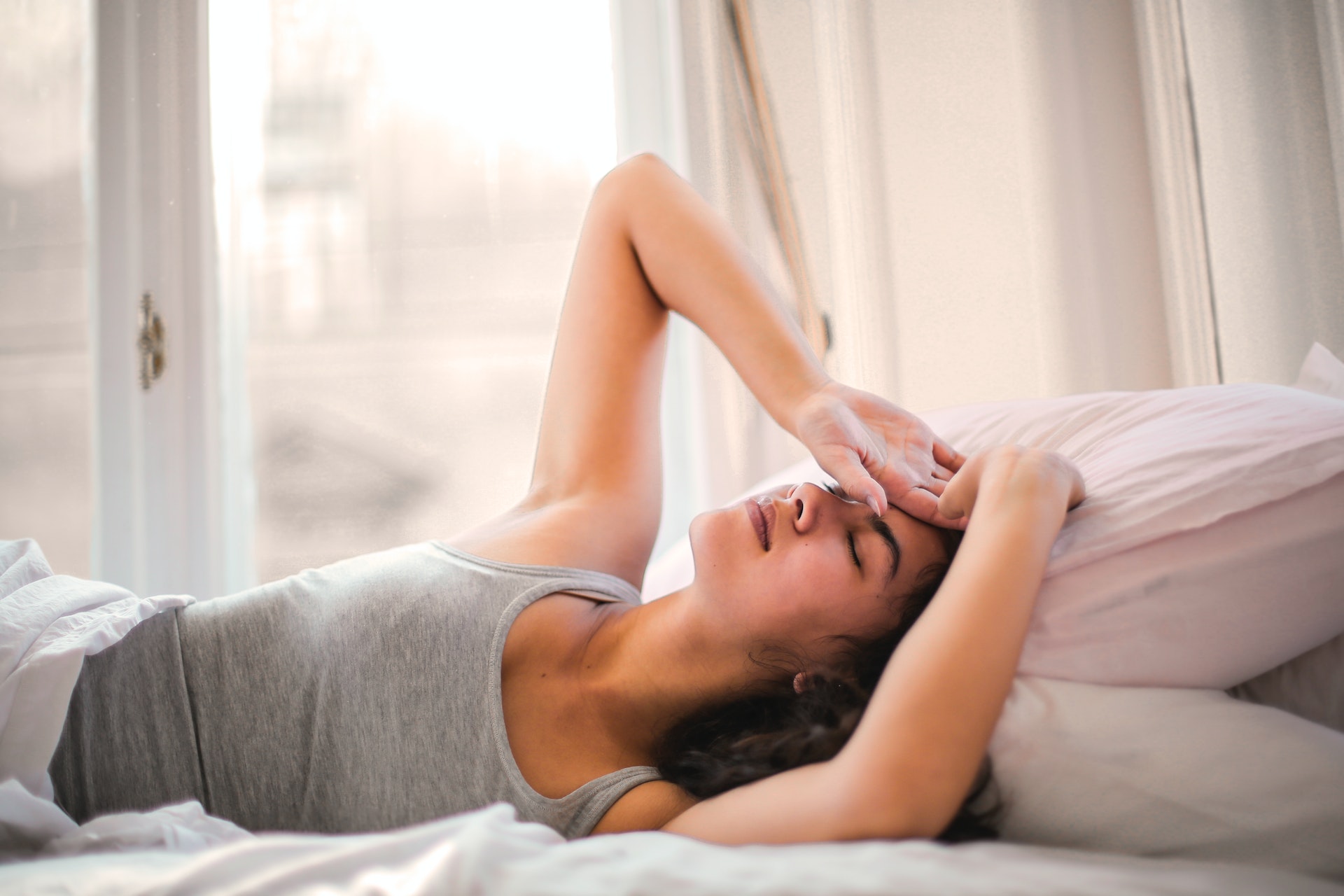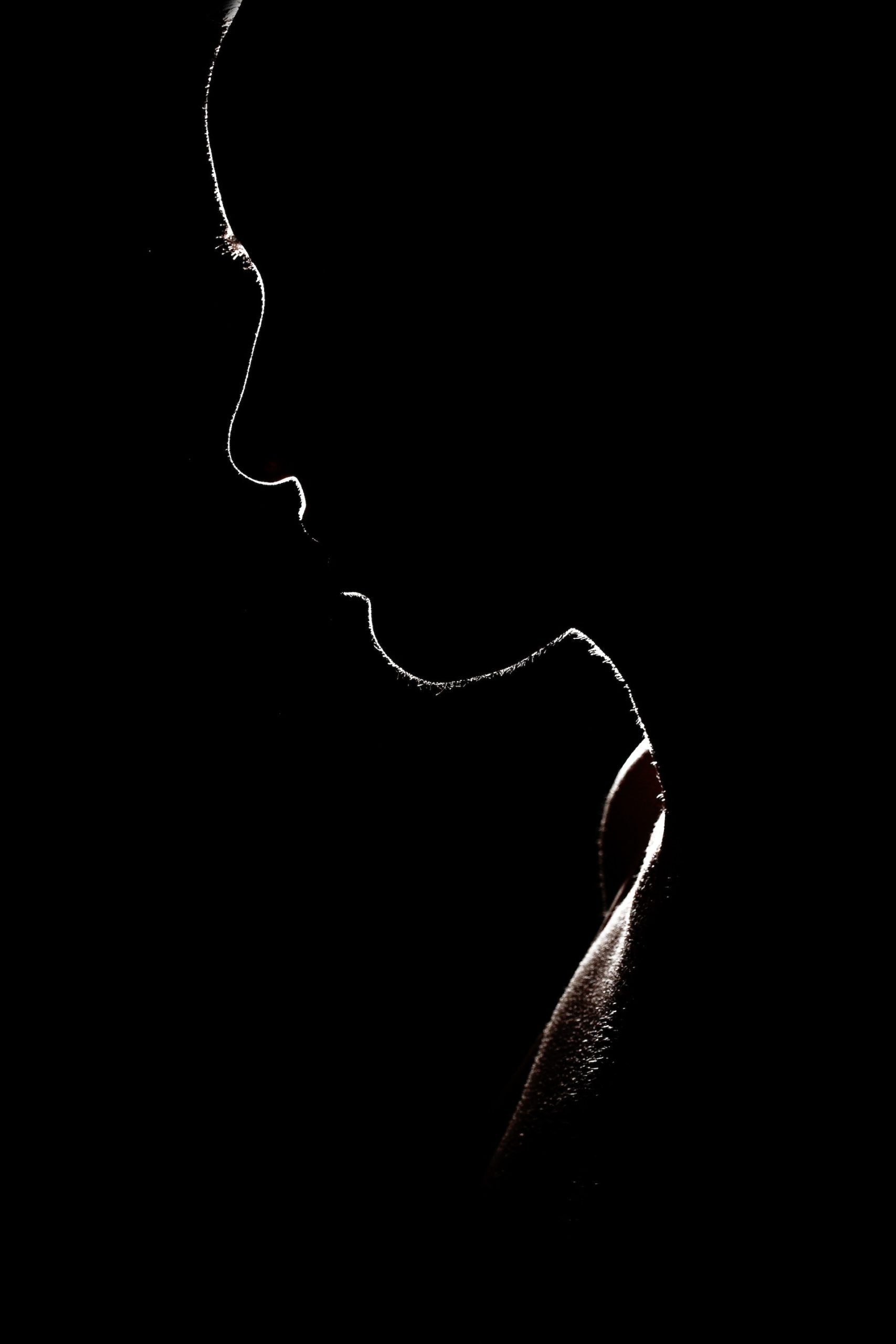A Guide to Understanding the Different Types of Sleep Disorders
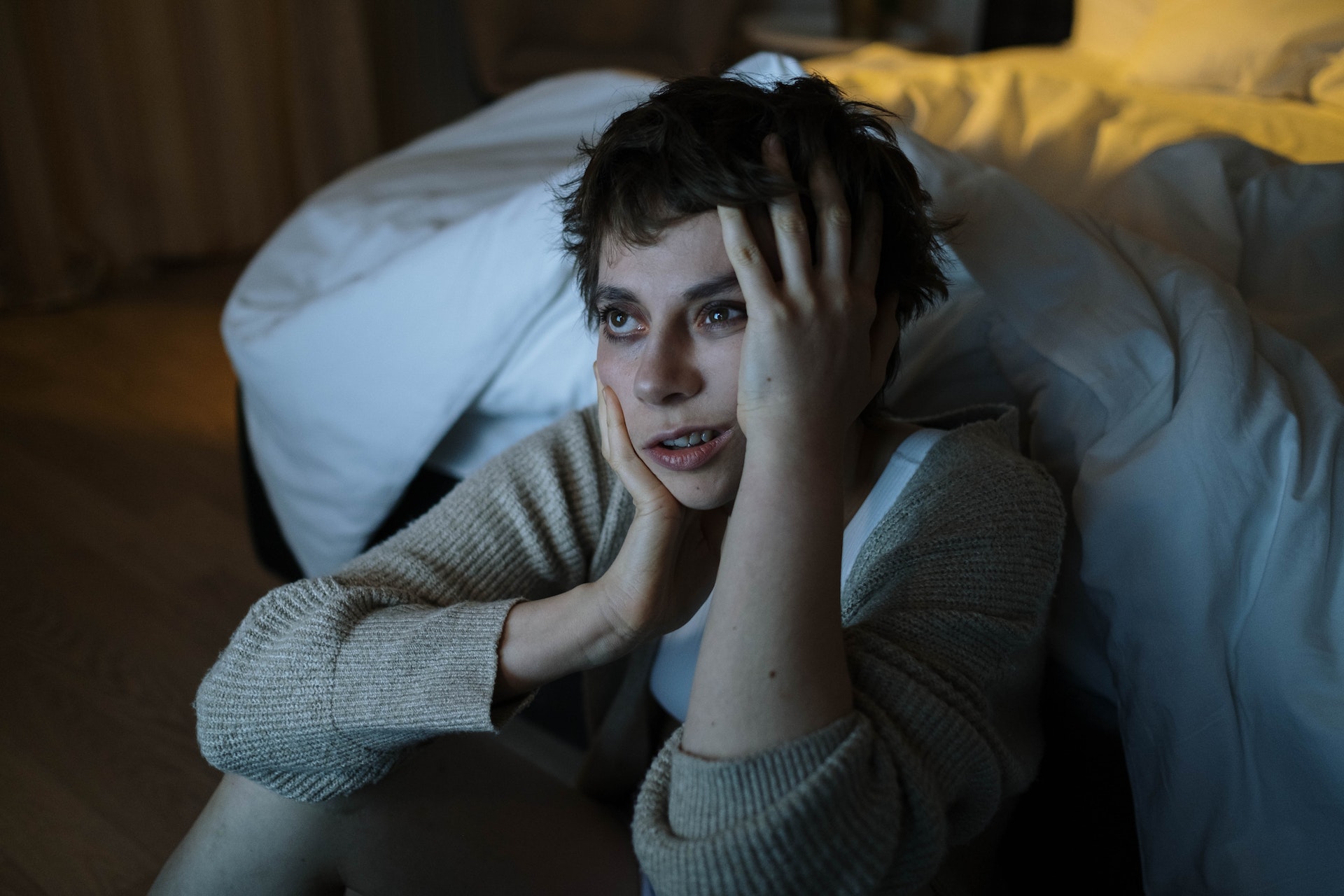
Sleep is an essential part of your physical and mental health, and yet many people struggle with various types of sleep disorders. From obstructive sleep apnea to narcolepsy, understanding the different types of sleep disorders can help you better manage them. In this article, we’ll explore the various types of sleep disorders, their causes, and how to best address them.
What Are Sleep Disorders?
There are a number of different types of sleep disorders, each with its own unique set of symptoms and causes. The most common type of sleep disorder is insomnia, which is characterized by difficulty falling asleep or staying asleep. Other common types of sleep disorders include sleep apnea (characterized by snoring and periods of breathing interruption during sleep), restless leg syndrome (characterized by an irresistible urge to move the legs during periods of rest or inactivity), and narcolepsy (characterized by sudden, unexpected episodes of deep sleep).
Common Types of Sleep Disorders
There are a variety of sleep disorders that can negatively impact your quality of sleep. Some common types of sleep disorders include:
Insomnia: This is the most common type of sleep disorder and is characterized by difficulty falling asleep and/or staying asleep. Insomnia can be caused by a variety of factors, including stress, anxiety, certain medications, and underlying medical conditions.
Sleep apnea: This sleep disorder is characterized by pauses in breathing during sleep. Sleep apnea can be caused by obesity, smoking, genetic factors, and certain medical conditions.
Restless legs syndrome: This disorder is characterized by an irresistible urge to move one’s legs during periods of rest or inactivity. Restless legs syndrome can be caused by pregnancy, iron deficiency, nerve damage, and certain medications.
Narcolepsy: This sleep disorder is characterized by excessive daytime fatigue and sudden attacks of sleep during the day. Narcolepsy can be caused by a combination of genetic and environmental factors.
– Insomnia
There are different types of sleep disorders, and insomnia is one of the most common. It’s characterized by difficulty falling asleep or staying asleep. Insomnia can be acute (short-term) or chronic (long-term). It can also be primary, meaning it’s not caused by another condition, or secondary, meaning it’s a symptom of another condition. Acute insomnia typically lasts for a few days or weeks and is often brought on by stressors like job loss, exams, or travel.
Chronic insomnia lasts for a month or more and can be caused by medical conditions, medications, mental health disorders, and lifestyle choices. Secondary insomnia is usually treated by treating the underlying condition. For example, if anxiety is causing your insomnia, treatment would focus on relieving the anxiety. If you have primary insomnia, there are various treatment options available. Some people find that making changes to their sleep habits (e.g., going to bed at the same time each night) helps. Others may need to take medication to help them sleep better.
– Narcolepsy
Narcolepsy is a type of sleep disorder that is characterized by excessive daytime sleepiness and periods of brief, involuntary naps or microsleeps. It can interfere with daily activities, work, and school performance, and can be dangerous if left untreated. Narcolepsy can be caused by genetic factors, trauma, or certain medical conditions. Treatment typically involves medication and lifestyle changes.
– Sleep Apnea
If you’re one of the 18 million Americans who suffer from sleep apnea, you know how important it is to get a good night’s sleep. But what is sleep apnea, exactly? Sleep apnea is a serious sleep disorder that occurs when your breathing is interrupted during sleep. This can happen dozens or even hundreds of times each night, preventing you from getting the deep, restful sleep you need. There are three main types of sleep apnea: obstructive, central, and mixed.
Obstructive sleep apnea (OSA) is the most common type of sleep apnea. It occurs when your airway becomes blocked during sleep, making it difficult to breathe. Central sleep apnea (CSA), on the other hand, occurs when your brain doesn’t send signals to your muscles to keep breathing. Mixedsleep apnea includes both obstruction and central elements.
If you think you might have sleep apnea, it’s important to see a doctor right away. Sleep apnea can lead to serious health problems including high blood pressure, heart disease, stroke, and even death. Fortunately, there are treatments available that can help you get the restful night’s sleep you need.
– Hypersomnia
Hypersomnia is a sleep disorder characterized by excessive daytime sleepiness. People with hypersomnia may feel the need to nap frequently, and they may sleep for long periods of time at night. Although hypersomnia can be caused by another sleep disorder, such as narcolepsy, it can also be caused by medications or other medical conditions.
– Restless Leg Syndrome (RLS)
Restless Leg Syndrome (RLS) is a sleep disorder that affects the nervous system. It is characterized by an irresistible urge to move the legs, accompanied by a tingling or burning sensation. RLS can occur at any age, but is more common in adults over 40. It is often hereditary, and women are more likely to suffer from RLS than men.
There are two types of RLS: primary and secondary. Primary RLS is the most common form, and has no known cause. Secondary RLS is less common, and can be caused by other conditions such as iron deficiency, pregnancy, kidney failure, or certain medications.
RLS can make it difficult to fall asleep and stay asleep. Because it is a neurological disorder, it can also cause fatigue during the day. In severe cases, RLS can interfere with work, school, and social activities.
There is no cure for RLS, but treatments are available to help manage the symptoms. These include lifestyle changes such as avoiding caffeine and tobacco; exercising regularly; and massaging the legs before bedtime. Medications such as dopaminergic drugs and anticonvulsants may also be prescribed to reduce muscle twitching and pain.
Causes of Sleep Disorders
There are many different causes of sleep disorders, but some of the most common include:
- Anxiety or stress: This can make it difficult to fall asleep and stay asleep.
- Depression: Depression can cause insomnia or make it harder to stay asleep.
- Medical conditions: Some medical conditions, such as arthritis, can cause pain that makes it difficult to sleep. Other conditions, such as Parkinson’s disease, can cause problems with movement that make it hard to sleep.
- Medications: Some medications, such as those for high blood pressure or asthma, can interfere with sleep.
- Caffeine: Caffeine can keep you from falling asleep and staying asleep.
Symptoms of Different Types of Sleep Disorders
There are many different types of sleep disorders, and each one has its own unique set of symptoms. In general, sleep disorders can be divided into two main categories: those that cause you to have difficulty falling asleep and staying asleep (insomnia), and those that cause you to sleep too much (hypersomnia).
Insomnia is the most common type of sleep disorder, and it can be caused by a variety of things, including stress, anxiety, depression, medications, and certain medical conditions. People with insomnia often have trouble falling asleep or staying asleep for long periods of time. They may wake up frequently during the night or early in the morning and have difficulty getting back to sleep. Insomnia can also make you feel tired during the day.
Hypersomnia is less common than insomnia, but it can be just as debilitating. People with hypersomnia often sleep for long periods of time (more than 9 hours per day) but still feel exhausted when they wake up. hypersomnia can be caused by a variety of things, including medications, medical conditions, and sleep apnea.
If you think you might have a sleep disorder, it’s important to see a doctor so they can properly diagnose and treat the condition.
Diagnosis and Treatment Options
Most sleep disorders can be diagnosed with a thorough medical history and physical examination, along with a sleep diary or sleep log. Your doctor may also recommend a sleep study, which can help identify any underlying conditions that may be contributing to your sleep disorder.
Depending on the diagnosis, there are a number of different treatment options available for sleep disorders. Treatments range from simple lifestyle changes to medication and behavioral therapy. In some cases, surgery may be an option.
If you think you might have a sleep disorder, talk to your doctor. He or she can help you get the diagnosis and treatment you need to get a good night’s sleep.
How to Prevent Sleep Disorders?
It’s estimated that 50 to 70 million Americans suffer from a sleep disorder. That’s a lot of people not getting the rest they need!
There are many different types of sleep disorders, but thankfully, there are also many different ways to prevent them. Here are some tips:
- Get enough sleep: Most people need around 8 hours of sleep per night. Of course, this varies from person to person, so pay attention to how you feel after different amounts of sleep. If you’re constantly exhausted, it’s likely that you’re not getting enough shut-eye.
- Create a bedtime routine: A set bedtime and pre-bedtime routine can help signal to your body that it’s time to wind down and go to sleep. This might include things like reading for 20 minutes before lights out, or taking a warm bath.
- Keep a cool, comfortable bedroom: A too-warm or too-cold room can make falling asleep difficult. Keep your bedroom at a comfortable temperature (around 65 degrees is ideal), and darken the room as much as possible. Use blackout curtains or an eye mask if necessary.
- Limit screen time before bed: The blue light emitted by screens can disrupt your natural circadian rhythm and make it harder to fall asleep. If you must use electronic devices before bed, try using apps that filter out blue light or wear blue light blocking glasses.
Sleep can be a fundamentally important and challenging part of our everyday lives. Thus, being familiar with the various types of sleep disorders is essential for knowing how to manage and care for your own health in the long run. By understanding the different classifications of sleeping disorder—insomnia, narcolepsy, parasomnias and other sleep-related problems—you will be able to make more informed decisions about any possible treatment regimens that you may need or want. If you suspect you may have a sleeping disorder due to signs like consistently excessive daytime fatigue or discomfort when trying to fall asleep at night, it’s highly recommended that you visit an experienced medical professional right away.
Warning: this article does not constitute medical advice. The article contains the author’s personal opinion and personal conclusions and observations. If you have problems with sleep or are interested in other issues related to it, it is better to consult your doctor.





